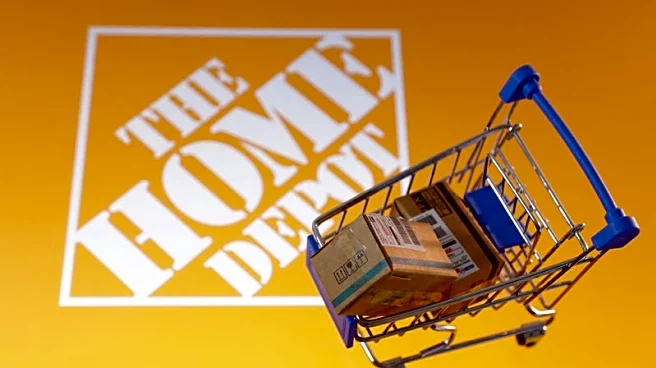What's Happening?
Over the past five years, grocery costs in the U.S. have significantly increased, with a notable rise of 11.8% in 2022 alone, according to the Bureau of Labor Statistics. Although the rate of inflation
for groceries has slowed in 2025, prices remain higher than previous years. In July 2025, grocery costs were 2.2% higher than the previous year. Specific food categories, such as beef and eggs, have seen substantial price increases, with beef up by 11.3% and eggs by 16.4% compared to the previous year. The uncertainty surrounding SNAP benefits and tariffs continues to affect prices, causing stress for many Americans at checkout lines. Despite higher prices, increased competition among grocery stores in the Washington area offers consumers opportunities to save money by shopping at low-cost stores like Aldi, Lidl, and Walmart.
Why It's Important?
The ongoing rise in grocery prices impacts American consumers, particularly those relying on SNAP benefits and those with limited budgets. The increased competition among grocery stores provides some relief, allowing consumers to find lower prices and better deals. However, the overall trend of rising food costs poses challenges for affordability and access to quality food. The situation highlights the need for effective policy measures to address the factors driving price increases, such as tariffs and supply chain issues. The ability of consumers to adapt by choosing lower-cost stores can mitigate some of the financial strain, but broader economic solutions are necessary to ensure food affordability for all.












